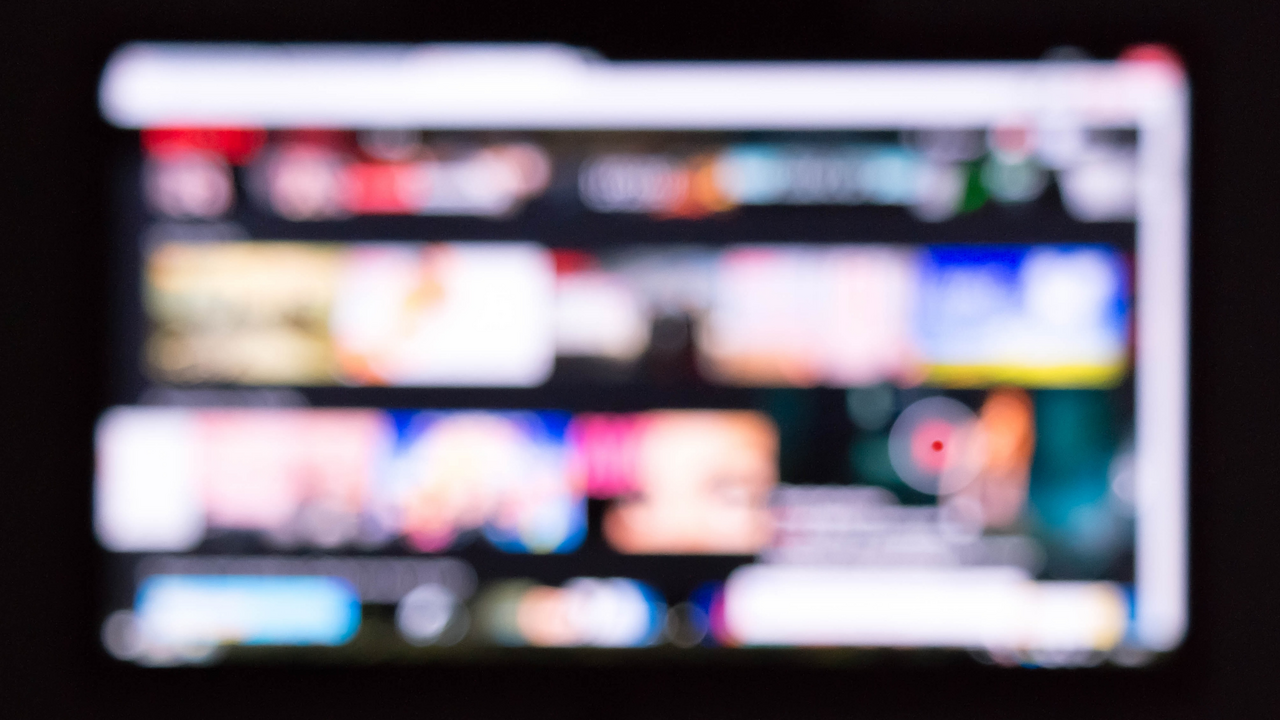By Suhail Ahmad Dar and Saqib Rasool Bhat
“The media’s the most powerful entity on earth. They have the power to make the innocent guilty and to make the guilty innocent, and that’s power. Because they control the minds of the masses.” ― Malcolm X
Media has completely immersed into our lives, viding us with a manipulated lens to look through. People are considered to vary subjectively because of different personality traits, personal experiences and other dispositions but the media is playing a significant role to develop a psychic unity when it comes to seeing the worldly issues around. In a way, media is constructing reality for us. It actually engages itself in different framing strategies while displaying any news. Framing news, the news broadcasters or the anchors contextualize issues to make the news more appealing to the target group. Journalists tend to use information that is consistent with their frames and pay less attention to other information. This is evident from some of the recent incidents which were hyped by the media to such an extent that it caused mental torture to the innocent persons who were “declared” culprits through media trials.
Tablighi Jamaat Issue
Media Presented the Tablighi Jamaat as “Super Spreader” of Covid-19 and even used derogatory terms like “Tablighi Virus “ and “Corona Jihad”. Many news channels reported that the Tablighi Jamaat was plotting a conspiracy against the Indian state. The media trial of the members of the Tablighi Jamaat had a deep impact on the psyche of the viewers. A huge chunk of society was of the opinion that there should be a blanket ban on the Tablighi Jamaat. Members of the Jamaat even received death threats from the people relying solely on what the media was reporting.

A famous psychologist E. Alison Holman (University of California, Irvine) says. “I think people really strongly, deeply underestimate the impact the news can have.” He along with his colleagues conducted a survey that found that people who had firsthand experience with the bombing attack, had suffered from mental health issues. To their surprise, they found people who had not seen the explosion personally but had consumed six or more hours of news for a week after the incident were more predictive of acute stress than those who had unmediated encounters with the aforementioned incident. The possible reason behind the excessive vulnerability due to news is because of Negativity Bias i.e, People tend to pay more attention to negative incidents happening around and may eventually anticipate the future as more worsening. Vishwanath (2009) shows that negative news frames are likely to have stronger and therefore longer-lasting effects on opinion formation than that positive news frames.
Eventually, in the case of Tablighi Jamaat, the dehumanization and vilification from the people prompted the Jamaat members to take their lives by committing suicide. One such notable incident took place when a member jumped from the 7th floor of the Safdar-Jung Hospital in Delhi. All the false allegations were later corrected by the courts. The Bombay High Court in its 58-page judgement stated that “There was a virtual persecution against the Tablighi Jamaat members and it’s also stated that the members of Jamaat were “chosen to be made scapegoats,” for the Covid-19 spread in India.
Using abusive words, targeting a particular community and spreading hatred is in violation of existing laws like the Program code under the Cable Television Network (Regulation) Act 1995, Together with The Code of Ethics And News Broadcasting Standards Regulation”. The Rules Stipulate that “no programme which contains an attack on religious communities by visuals or words contemptuous of religious groups or which promote communal attitudes should be aired”.
Sushant Singh Rajput Case
As soon as the news of the death of a Bollywood actor broke, the entire media started making allegations against Rhea Chakraborty and portrayed her as the accused of Sushant Singh Rajput’s murder. Her private chats were leaked in public. She was chased by media personals and even harassed by the media. On account of this reporting, Rhea even received death and rape threats from social media users. She was even called a “cold-blooded murderer” by the people relying on what media showed to them. However, it is pertinent to note that the presumption of innocence is a well-established principle of criminal law that states that “every person accused of any crime is considered innocent until proven guilty”, and this principle had been overlooked by the media in this case. This clearly violates the right of the person to have a fair trial guaranteed under Article 21 of the Constitution.
And the contention with the media trial is that it portrays the individual as an accused even before the actual verdict of the court, just as Rhea was portrayed as a murderer after Sushant Singh Rajput’s death in this case.
There has been a surge in hegemony through prime time’s lately, where the anchors try to enforce their own journalistic frames of every incident. Unfortunately, many people idolize and identify themselves with these news anchors. The repercussions are such, that even if these newscasters are harming the privacy and religious diversification, of the minorities through their unethical media trials, the people who hold these anchors in high regard leave no stone unturned while supporting these self-styled aggressive presenters on different social networking sites. Research supports the fact that attractiveness of, and identification with the aggressive models enhances the effects of media violence. This finding can be supported by checking the social media behaviour of these people because whenever any incident is being highlighted by these reporters such people become highly violent while expressing their opinions. There is that virtual dehumanization reflected through the collective responses under the newsfeed of these news channels on different social networking sites. There is a saying that, “Until you realize how easy it is for your mind to be manipulated, you remain the puppet of someone else’s game.” ― Evita Oche
“The idea is that media is using different manipulating strategies to implicitly or explicitly persuade the viewers”. ― Noam Chomsky
In the case of Noor Aga Khan vs. the State of Punjab, it was held by the Apex Court that, the presumption of innocence is a potent background to the conception of justice, in preserving confidence and in ensuring integrity and security of a legal system. So, any sort of media trial alleging any person to be guilty of any crime before the court’s verdict is in clear violation of this legal principle.
Hyderabad Encounter
In November 2019, the gang rape and murder of a 26-year-old veterinary doctor in Shamshabad, near Hyderabad, sparked outrage across India. Following this police killed all the four accused in an encounter.
Many news channels framed them as culprits and celebrated their killings. The reporting made people believe that it was right to kill the accused in an encounter and the killings were termed as “justice”.
Surprisingly, the media is constructing the reality for us even if we consciously disagree with this fact. This claim can be supported by checking the social networking sites where a large chunk of the people blindly believed in the media version without waiting for the court trials. There is one psychological principle that says that people tend to use different heuristics while identifying or labelling the incoming information. Journalists often tend to use persuasive techniques while framing the news and it eventually eases the people to label the news the way an anchor wants them to.
Hitherto, even when a significant number of people in India identified themselves with the journalistic representation of news but the civil societies and lawyers termed these killings as unconstitutional as police did not follow the procedure established by law.
Media quoted “Justice delayed is justice denied “but without following due procedure of law, ” justice in haste, justice waste”.
What Could Be Done
The court could form guidelines so that media does not abuse the right to Freedom of Speech and Expression enshrined under Article 19(1) (a) of the Constitution of India. Also, the Court should opt for judicial activism while dealing with the issue of media and freedom of expression.
A disclaimer may be added:
Almost a decade back news used to disappear once aired. However, after the advent of social media, the news does not disappear, rather, it goes into the treasure of YouTube, News TV apps and other platforms of the like. The same content which could promote aggression and hatred can be watched anytime and anywhere. So, a disclaimer (of viewers’ discretion) can be added if shared on these platforms.
We would suggest that an independent body that would check the content of news channels spreading hate and violence should be constituted. Also, to set ethical guidelines for the journalists, the infringement of which would make them liable accordingly.
The authors Suhail Ahmad Dar is a research scholar in, psychology and Saqib Rasool Bhat is a final year law student at Aligarh Muslim University.
Related













































Farhan
September 23, 2021 at 10:07 AM
Brilliant! When will people understand. But some people only see what they wish to see.